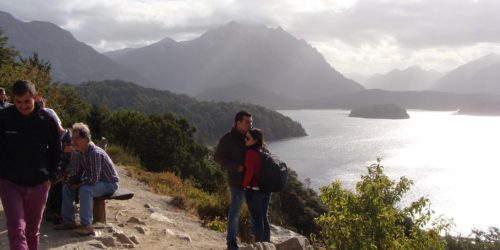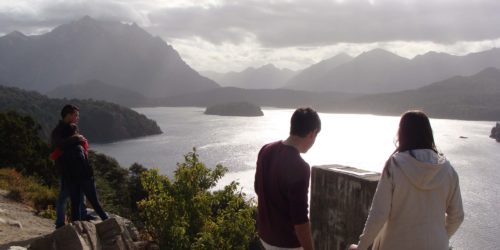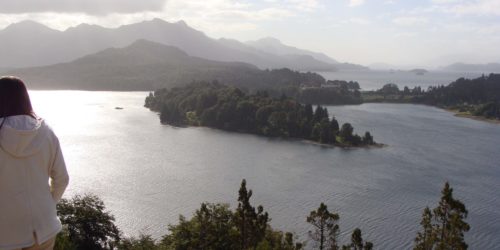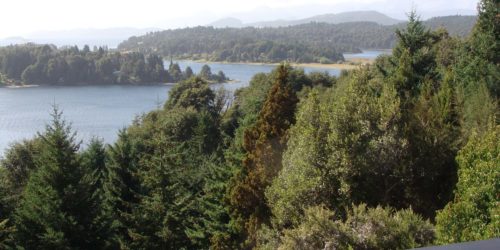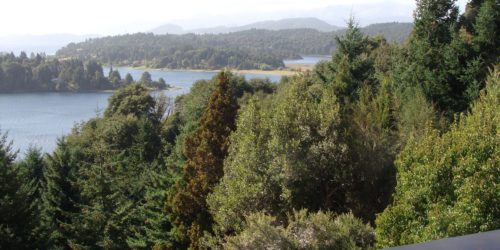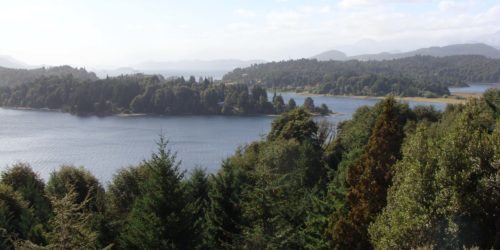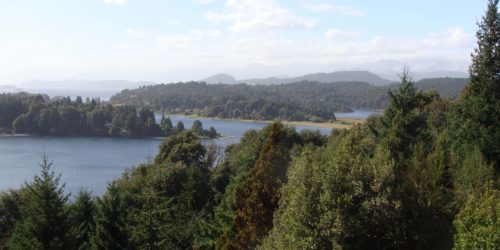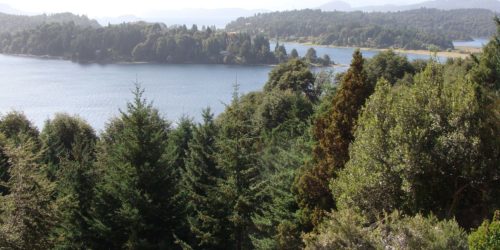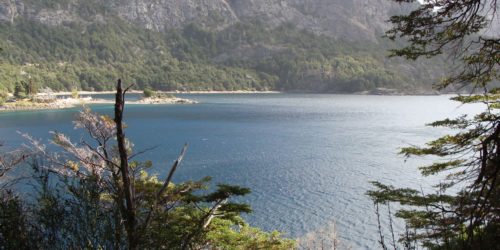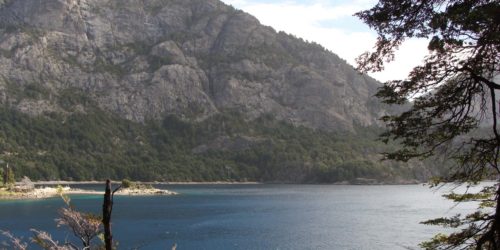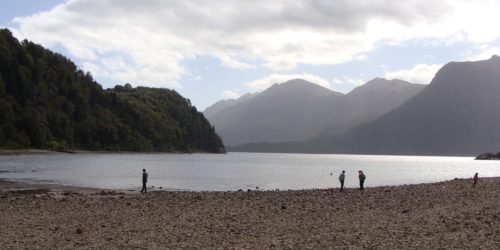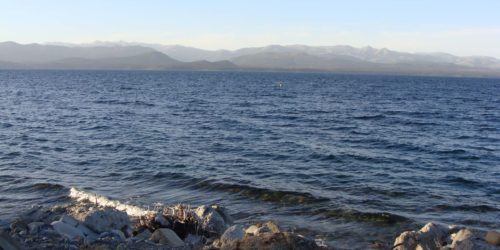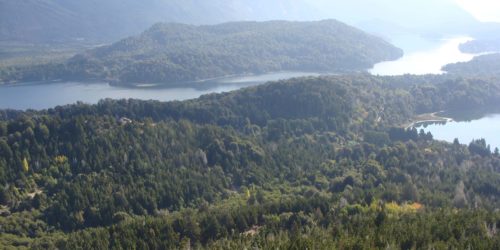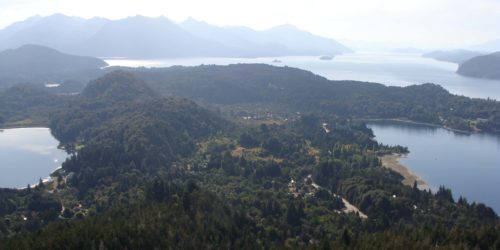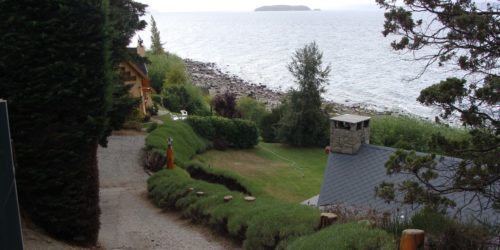Bariloche Stadt Bariloche Umgebung
San Carlos de Bariloche, usually known as Bariloche, is a city in the province of Río Negro, Argentina, situated in the foothills of the Andes on the southern shores of Nahuel Huapi Lake. It is located within the Nahuel Huapi National Park. After development of extensive public works and Alpine-styled architecture, the city emerged in the 1930s and 1940s as a major tourism centre with skiing, trekking and mountaineering facilities. In addition, it has numerous restaurants, cafés, and chocolate shops. The city had a permanent population of 108,205 according to the 2010 census. According to the latest statistics from 2015, the population is around 122,700, and a projection for 2020 estimates 135,704.
The name Bariloche comes from the Mapudungun word Vuriloche meaning „people from behind the mountain“. The Poya people used the Vuriloche pass to cross the Andes, keeping it secret from the Spanish priests for a long time.
There is evidence of the existence of indigenous settlements on banks of Lake Nahuel Huapi, in the area now occupied by the city of Bariloche, prior to arrival of expeditionaries and white settlers. During the Neolithic, the arrival of human beings to Nahuel Huapi region occurs. The archaeological and historical record speaks of tehuelches and puelches presence in the area. With the process of araucanization and mainly since the 17th century, the culture of these groups is strongly affected by Mapuches, who increased their presence from the settlement of Spaniards in Chile, and their continued push east.
At 19th century end, in the vicinity of Nahuel Huapi, only a few scattered indigenous families were there: People of Inacayal had been stripped of their lands, and transferred to Tecka (Chubut) when the cacique was taken prisoner. Curruhinca had made an act of submission to Argentine government with his own. Some Nguillatun was still being celebrated.
But the region was beginning a new stage in its history. Although incorporated into national sovereignty, the Nahuel Huapi area began to develop fundamentally linked to Chile. Before 19th century end, when the border was still in dispute, people from the south of the neighboring country were gradually arriving to settle in surroundings of the lake. Small farmers were most of them from the island of Chiloe, but German immigrants living in Chile also arrived.
